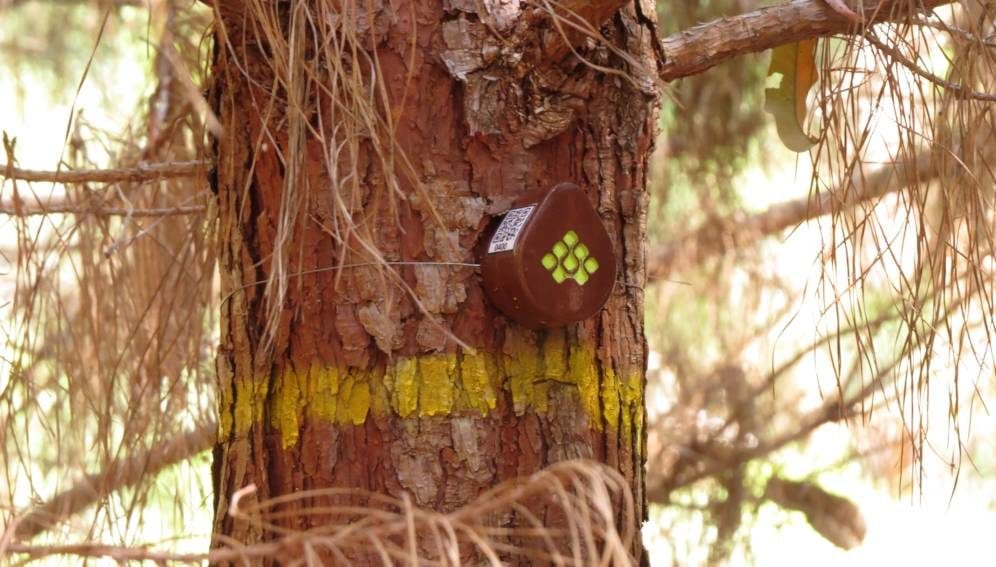Send to a friend
The details you provide on this page will not be used to send unsolicited email, and will not be sold to a 3rd party. See privacy policy.
[SÃO PAULO] A remote monitoring system rolled out in Brazil is taking over the exhausting and risky task of keeping an eye on commercial forests.
The system allows researchers and technicians to track forest growth rates in real time, in order to estimate if they are developing properly and detect early infections or pest attacks on plantations.
This type of monitoring currently requires 150 to 160 staff each year. It’s exhausting work, and accidents such as attacks by venomous animals are frequent. Using the new technology, called SmartForest, a single visit to set up the sensors is enough to collect data on forest growth on a daily basis.
The technology was devised by Brazilian start-up Treevia. It is based on a set of wireless sensors fixed around trees, much like belts that widen as the trunks grow. These sensors capture changes in tree diameter at regular intervals, and send the data to an online system designed for each client.
“Our system is already being used in nine Brazilian states by several companies,”
Esthevan Gasparoto, CEO of Treevia
This information is then combined with images gathered by satellites, and analysed by algorithms that use machine-learning techniques to produce reliable reports on how well the forest is growing. By linking this data with climate information from each region, companies are then able to estimate how much a certain area will yield in terms of timber in upcoming years.
“Our system is already being used in nine Brazilian states by several companies,” Esthevan Gasparoto, Treevia’s CEO, tells SciDev.Net.
He explains that the technology was designed to help companies ensure their forest business is economically and environmentally sustainable.
But the system can also be used by public authorities to ensure companies are complying with environmental rules for restoring and maintaining the forests where they operate. That would require authorities having access to the data generated from sensors set up in landowners’ forests.

“It [the system] also might be used to check if there is a source of infections or attacks by pests,” explains Ramon Bicudo da Silva, a biologist at the Centre for Environmental Studies and Research at the University of Campinas, who was not involved in developing the system.
He says the remote monitoring system can make it easier to manage such risks through a one-off installation that can stretch across hundreds of hectares. “In anticipating these problems, a manager may act before they [become] widespread, which would lead to a lower use of pesticides,” explains da Silva.
The system could also help landowners comply with Brazilian legislation designed to boost forest recovery and to connect forest fragments, which is considered essential for biodiversity conservation. This requires producers to implement projects that restore forest in degraded riparian areas, and preserve a proportion of natural vegetation that can only be exploited through sustainable methods.Manual monitoring results in patchy data, as staff cannot cover all areas in a country which has more than five million rural properties. Full coverage “would only be possible through remote monitoring methodologies like this new one,” says Ricardo Ribeiro Rodriguez, a biologist at the University of Sao Paulo’s Luiz de Queiroz College of Agriculture.
Gasparoto says Treevia now aims to reach other countries in Latin America. “We are focused on presenting Treevia's solution to the Chilean market at the end of March.”
The system designed by Treevia is result of a project funded by FAPESP, a donor of SciDev.Net.
This article has been produced by SciDev.Net's Latin America & Caribbean desk.














